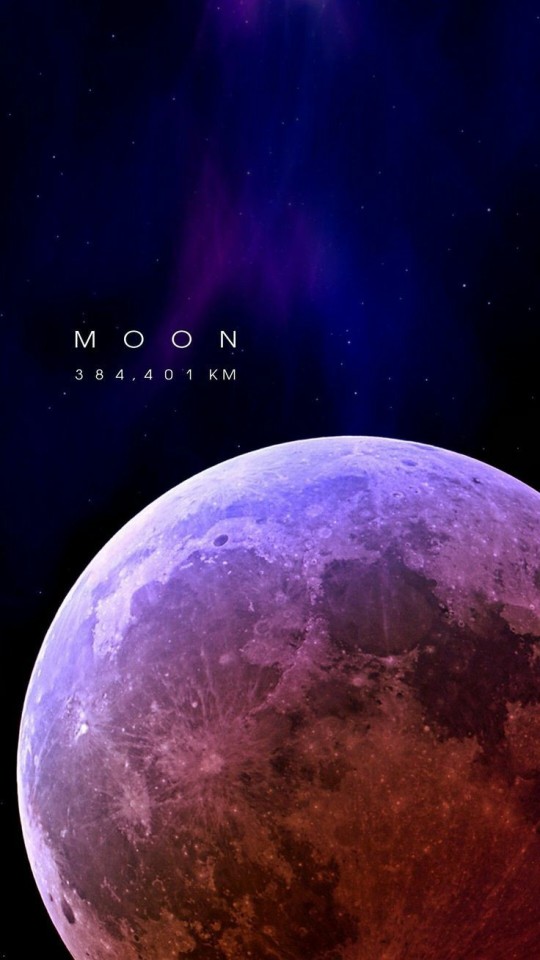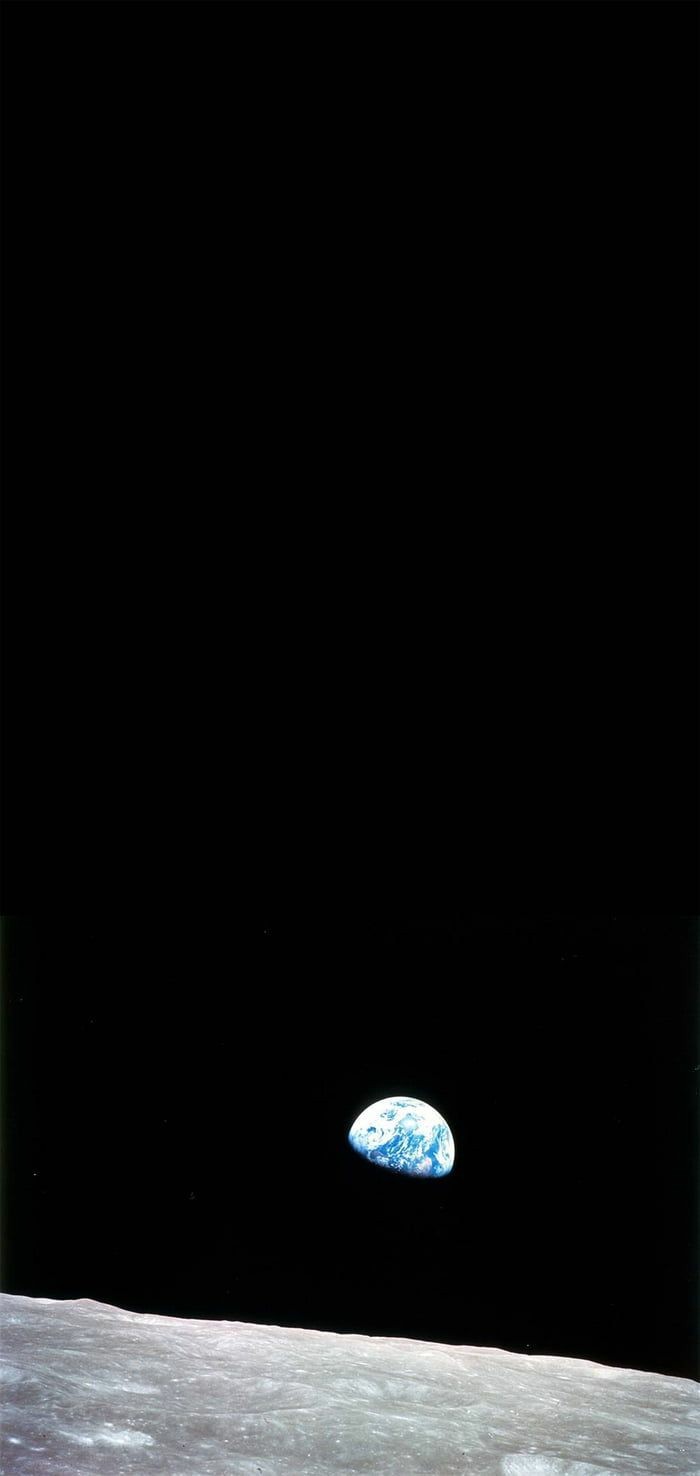What Would You Take To The Moon With You?
What would you take to the Moon with you?

More Posts from Spacenik and Others

IC 1805 – The Heart Nebula, taken on September the 11th, 2019
Image Credit & Copyright : Bray Falls

Saturn like Exo Planet discovered in the habitable zone of another star system by a bunch of relatively amateur astronomers — under the umbrella called Habitable Exoplanet Hunting Project. (HEHP)
Watch the video here : https://youtu.be/0A7gEaewOws

While appearing as a delicate and light veil draped across the sky, this image from the NASA/ESA Hubble Space Telescope actually depicts a small section of the Cygnus supernova blast wave, located around 2,400 light-years away. The name of the supernova remnant comes from its position in the northern constellation of Cygnus (the Swan), where it covers an area 36 times larger than the full Moon.
Image Credit: NASA/ESA Hubble Space Telescope

Earthrise, Bill Anders, 1968.
Happy Solstice 2020!
The evening began with a beautiful sunset:


...though pretty clouds meant Jupiter and Saturn's closest dance was a little fuzzy:

They'd traded places and moved much closer than on Saturday:

This longer Saturday exposure shows Saturn's biggest moon, Titan (arrow), and all four of Jupiter's Galilean moons:

...and here's Jupiter's moons plus Titan (arrow; another arrow points out Amalthea hugging its parent world) tonight:

Happy Great Conjunction Day!


Hubble sees a more holistic view of the Butterfly Nebula or NGC 6302
Hubble was recently retrained on NGC 6302, known as the "Butterfly Nebula," to observe it across a more complete spectrum of light, from near-ultraviolet to near-infrared, helping researchers better understand the mechanics at work in its technicolor "wings" of gas. The "wings" of NGC 6302 are regions of gas heated to more than 36,000 degrees Fahrenheit that are tearing across space at more than 600,000 miles an hour. NGC 6302 lies between 2,500 and 3,800 light-years away in the constellation Scorpius.

The Horsehead Nebula in Infrared from Hubble
Fittingly named the Horsehead Nebula, it is embedded in the vast and complex Orion Nebula (M42). A potentially rewarding but difficult object to view personally with a small telescope, the above gorgeously detailed image was taken in 2013 in infrared light by the orbiting Hubble Space Telescope in honor of the 23rd anniversary of Hubble's launch. The dark molecular cloud, roughly 1,500 light years distant, is cataloged as Barnard 33 and is seen above primarily because it is backlit by the nearby massive star Sigma Orionis . (Text adapted from APOD.NASA.GOV)
Image Credit: NASA, ESA, and The Hubble Heritage Team (STScI/AURA)

The Triangulum galaxy / Messier 33 / NGC 598
Credit : Maxime Duprez — Twitter

Annular or the Ring Of Fire solar eclipse is tomorrow
The time of maximum eclipse, when that "ring of fire" event happens, will be at 2:40 a.m. EDT (0640 GMT) Sunday, June 21, when the moon crosses into the center of the sphere of the sun, from Earth's perspective. The eclipse starts at 11:45 p.m. EDT Saturday, June 20 (0345 GMT Sunday) and ends at 5:34 a.m. EDT (1034 GMT) June 20, according to NASA.
Regions in the path of visibility include the Democratic Republic of the Congo, Central African Republic, South Sudan, Sudan, Ethiopia, the Red Sea, Yemen, Saudi Arabia, Oman, the Gulf of Oman, Pakistan, India, China, Taiwan, the Philippine Sea (south of Guam), northern Australia and the north Pacific Ocean.
Picture description : An annular solar eclipse as seen by Japan's Hinode spacecraft on May, 20, 2012.

Our home galaxy – The Milky Way above Serengeti , photographed by Chris Tanner
Photo Credit & Copyright : Chris Tanner via Flickr
-
 shortandmexican reblogged this · 3 years ago
shortandmexican reblogged this · 3 years ago -
 ahomiesectional reblogged this · 3 years ago
ahomiesectional reblogged this · 3 years ago -
 ahomiesectional liked this · 3 years ago
ahomiesectional liked this · 3 years ago -
 biveganpoetbat reblogged this · 3 years ago
biveganpoetbat reblogged this · 3 years ago -
 evailable liked this · 3 years ago
evailable liked this · 3 years ago -
 grumlyvit liked this · 3 years ago
grumlyvit liked this · 3 years ago -
 blueflueres liked this · 3 years ago
blueflueres liked this · 3 years ago -
 genericwhitehomosexual reblogged this · 3 years ago
genericwhitehomosexual reblogged this · 3 years ago -
 jonnybytheocean liked this · 3 years ago
jonnybytheocean liked this · 3 years ago -
 sailbyte reblogged this · 3 years ago
sailbyte reblogged this · 3 years ago -
 sailbyte liked this · 3 years ago
sailbyte liked this · 3 years ago -
 biveganpoetbat liked this · 3 years ago
biveganpoetbat liked this · 3 years ago -
 tiny-super-giant reblogged this · 3 years ago
tiny-super-giant reblogged this · 3 years ago -
 tiny-super-giant liked this · 3 years ago
tiny-super-giant liked this · 3 years ago -
 justtoloveandbelovedinreturn reblogged this · 3 years ago
justtoloveandbelovedinreturn reblogged this · 3 years ago -
 justtoloveandbelovedinreturn liked this · 3 years ago
justtoloveandbelovedinreturn liked this · 3 years ago -
 inkedblue11 reblogged this · 3 years ago
inkedblue11 reblogged this · 3 years ago -
 arteesticpleasures22 liked this · 3 years ago
arteesticpleasures22 liked this · 3 years ago -
 franqeinstein reblogged this · 3 years ago
franqeinstein reblogged this · 3 years ago -
 franqeinstein liked this · 3 years ago
franqeinstein liked this · 3 years ago -
 almalusasblog liked this · 3 years ago
almalusasblog liked this · 3 years ago -
 askvekullerr liked this · 3 years ago
askvekullerr liked this · 3 years ago -
 raggedybatman liked this · 3 years ago
raggedybatman liked this · 3 years ago -
 sandra-lovie reblogged this · 3 years ago
sandra-lovie reblogged this · 3 years ago -
 sandra-lovie liked this · 3 years ago
sandra-lovie liked this · 3 years ago -
 superwinnernerdvoid liked this · 3 years ago
superwinnernerdvoid liked this · 3 years ago -
 steviedegrae reblogged this · 3 years ago
steviedegrae reblogged this · 3 years ago -
 daybreakerphoenix liked this · 3 years ago
daybreakerphoenix liked this · 3 years ago -
 einfachnurich liked this · 3 years ago
einfachnurich liked this · 3 years ago -
 nympho-brainiac liked this · 3 years ago
nympho-brainiac liked this · 3 years ago -
 nympho-brainiac reblogged this · 3 years ago
nympho-brainiac reblogged this · 3 years ago -
 steviedegrae liked this · 3 years ago
steviedegrae liked this · 3 years ago -
 inkedblue11 reblogged this · 3 years ago
inkedblue11 reblogged this · 3 years ago -
 alma-lusa liked this · 3 years ago
alma-lusa liked this · 3 years ago -
 ashe28 liked this · 4 years ago
ashe28 liked this · 4 years ago -
 runner29 reblogged this · 4 years ago
runner29 reblogged this · 4 years ago -
 runner29 liked this · 4 years ago
runner29 liked this · 4 years ago -
 mavrd liked this · 4 years ago
mavrd liked this · 4 years ago -
 dmxl0v3 reblogged this · 4 years ago
dmxl0v3 reblogged this · 4 years ago
